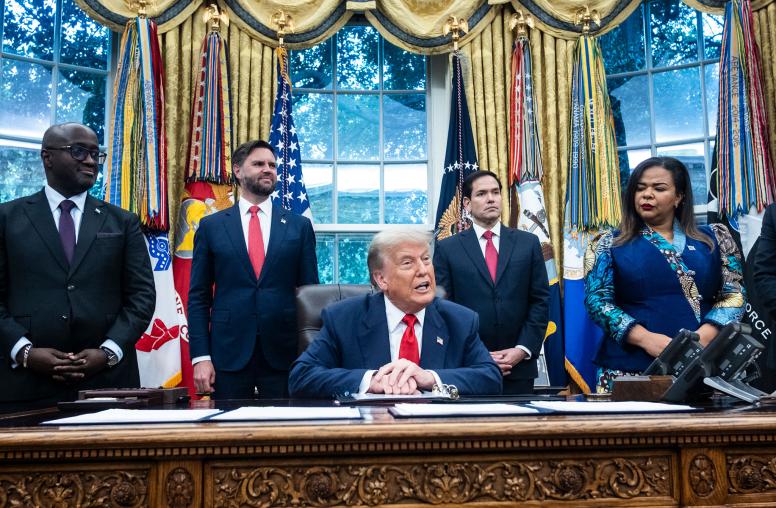Peacemaking in International Conflict
Methods and Techniques (Revised Edition)
THE USIP BOOKSTORE IS TEMPORARILY UNAVAILABLE
This updated and expanded edition of the highly popular volume originally published in 1997 describes the tools and skills of peacemaking that are currently available and critically assesses their usefulness and limitations.
The methods and techniques of peacemaking—whether it is called conflict resolution, management, or transformation—have become increasingly sophisticated, particularly in response to the increased complexity of international conflict in the post–9/11 era.
This updated and expanded edition of the highly popular volume originally published in 1997 describes the tools and skills of peacemaking that are currently available and critically assesses their usefulness and limitations. The field’s preeminent researchers and practitioners, including a United Nations undersecretary-general on the threat and use of force in peacemaking, present not only the more traditional approaches to peacemaking (bargaining and negotiation, third-party mediation, and arbitration and adjudication) but also newer, “nonofficial” approaches that have attracted considerable attention for their innovativeness (social-psychological approaches, problem-solving workshops, conflict transformation, peace education, and training).
Written for all students of peacemaking and foreign policymaking—both scholars and practitioners—the chapters in this revised edition of Peacemaking in International Conflict provide cogent analyses and offer practical lessons for a variety of conflict settings, from disarmament and arms-control negotiations to subnational conflicts in the new and emerging states of the post–Cold War era: from the challenges for statecraft in addressing transnational political violence and “asymmetric” threats to international security.
About the Editor
I. William Zartman is the Jacob Blaustein professor of international organization and conflict resolution and director of the African Studies and Conflict Management programs at the Johns Hopkins University's Paul H. Nitze School of Advanced International Studies in Washington, D.C.



